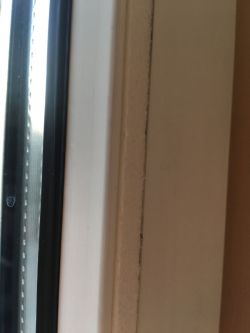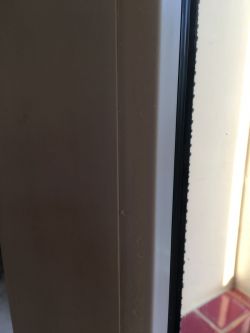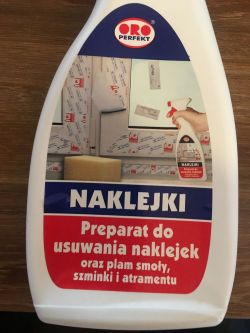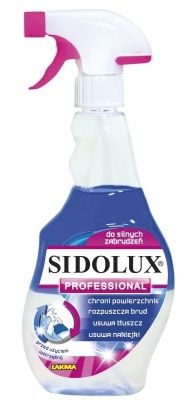For many years, I had roller shutters installed in my apartment, with side slats glued to the glazing beads (for better blackout). For some time, the blinds not only fell apart, but did not suit the household members. I decided to disassemble them and replace them with pleats.
The problem arose with these dimmer bars. They were of good quality (assembly quality was also good) and were stuck on a thick, "sponge" double-sided tape. After being torn off, the tape practically remained - in the form of a "sponge". I carefully scraped off the remains of this sponge. It's not all gone and there's tape glue underneath - I treated it with chemicals:
- a preparation for removing stickers
- WD40
- extraction diluent
- and even a nitro thinner
It barely comes off, only after stubbornly rubbing it and rubbing it with a rag. I grumble, and I won't clean it. Anyone have any idea what else I can do with this? I attach photos 1- before scratching, 2 - after scratching, 3 - after chemistry.



The problem arose with these dimmer bars. They were of good quality (assembly quality was also good) and were stuck on a thick, "sponge" double-sided tape. After being torn off, the tape practically remained - in the form of a "sponge". I carefully scraped off the remains of this sponge. It's not all gone and there's tape glue underneath - I treated it with chemicals:
- a preparation for removing stickers
- WD40
- extraction diluent
- and even a nitro thinner
It barely comes off, only after stubbornly rubbing it and rubbing it with a rag. I grumble, and I won't clean it. Anyone have any idea what else I can do with this? I attach photos 1- before scratching, 2 - after scratching, 3 - after chemistry.








